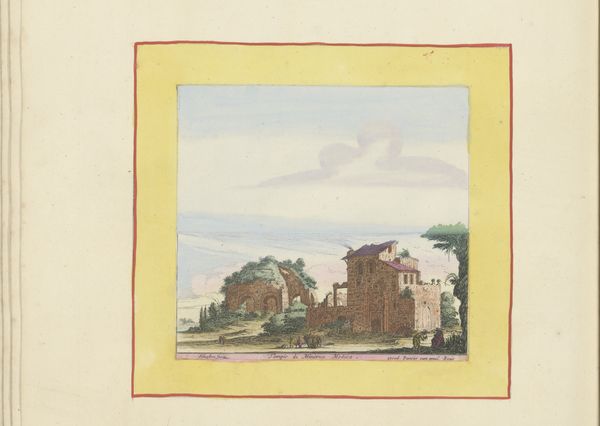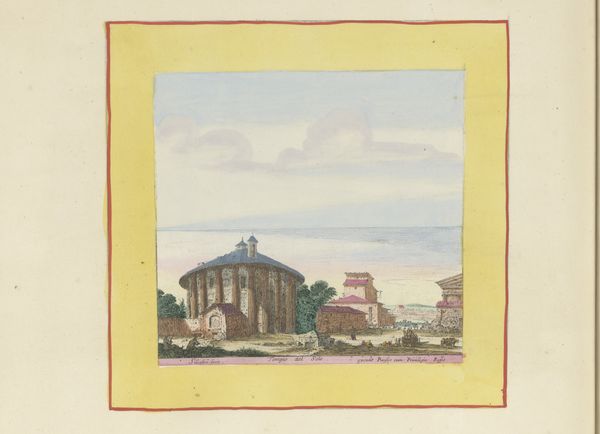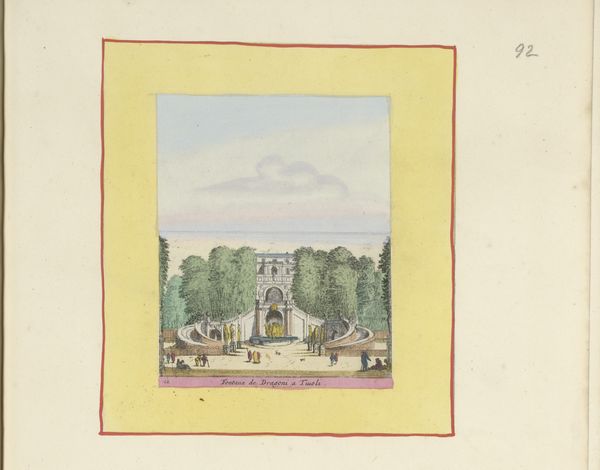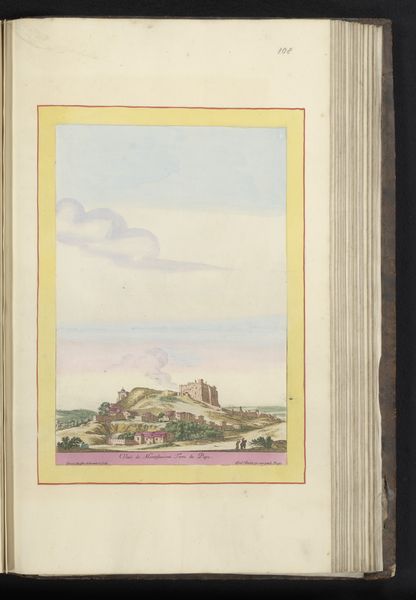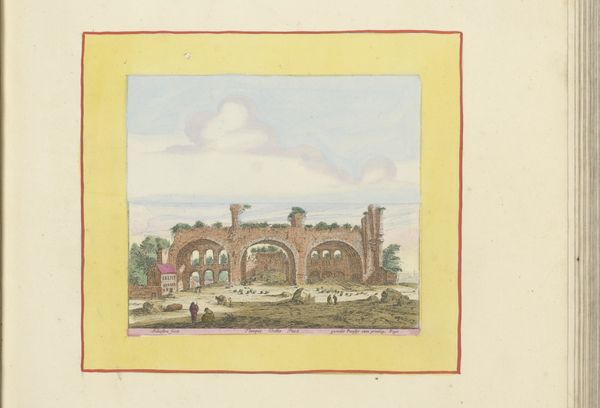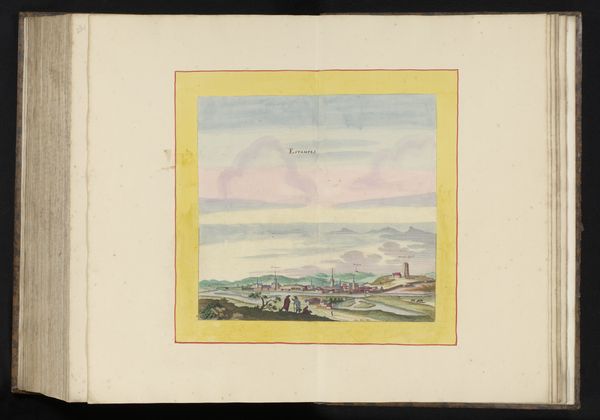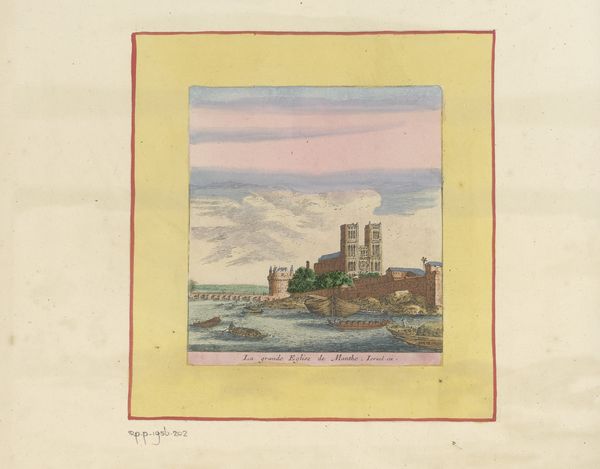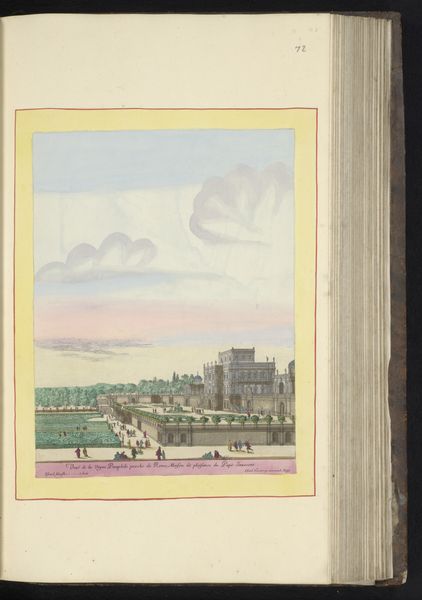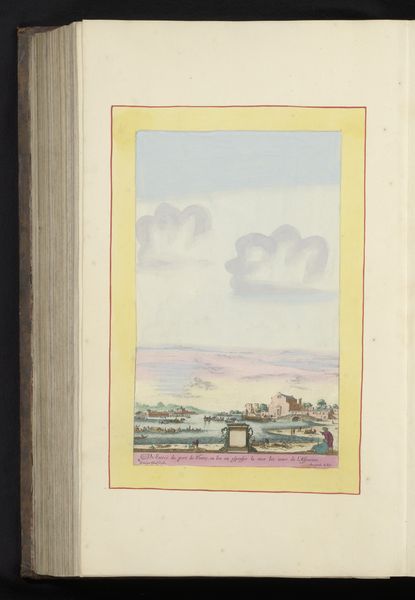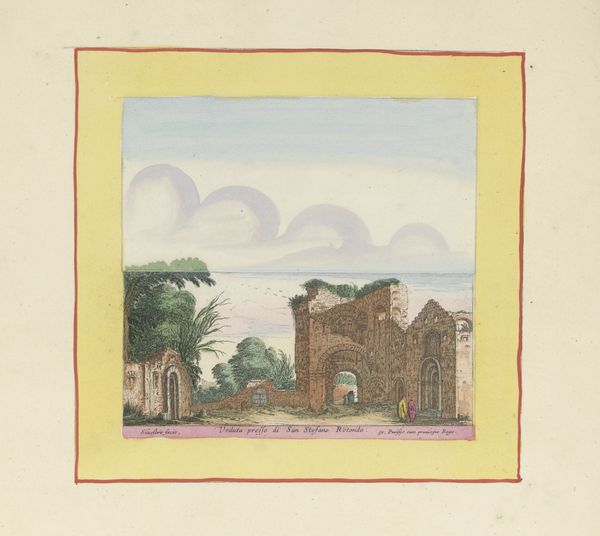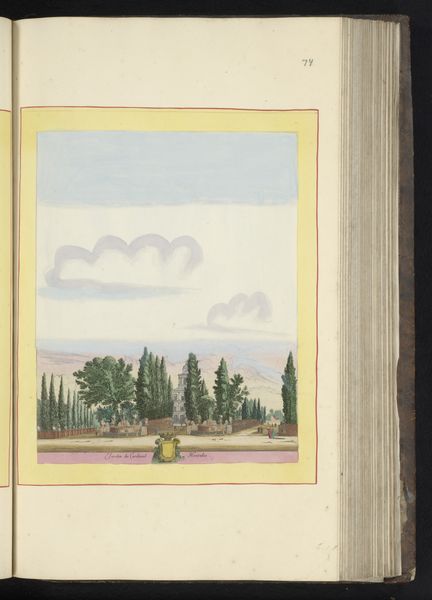
drawing, print, watercolor
#
drawing
#
baroque
# print
#
landscape
#
watercolor
#
cityscape
#
watercolour illustration
Dimensions: height 153 mm, width 151 mm
Copyright: Rijks Museum: Open Domain
Editor: Here we have Israel Silvestre’s "Boog van Constantijn te Rome," dating probably from 1631 to 1717. It's a watercolor and print drawing of the Arch of Constantine, housed here at the Rijksmuseum. It has such a delicate, almost fragile quality, I think...What stands out to you about it? Curator: I am immediately drawn to the methods employed. We must ask: how was this image made and distributed? Prints, such as this one, allowed for mass reproduction, democratizing access to imagery of Rome. Note the watercolour: Was it applied by Silvestre himself, adding value, or by workshop assistants, thus becoming a form of early industrialization? The means of production affect the object's worth and accessibility. Editor: That’s interesting! So, even then, the artistic process wasn’t just about individual genius but a kind of collaborative production line? Curator: Precisely. Think of the paper, too, and the pigments; where were they sourced, by whom were they made? Consider the socio-economic conditions required to produce even a seemingly simple image like this. Its “delicate” aesthetic hides a complex network of labor and trade. And furthermore, who were the consumers of this piece, and what did it signify to them? Editor: It’s fascinating to think about this not just as a landscape or cityscape but as a material product deeply embedded in its time. I wouldn't have thought about it that way initially. Curator: Understanding the means of its production and distribution reveals a hidden history. The artwork becomes an object lesson about work, trade, and the emergence of new forms of value. It is far more complex and meaningful than just its pretty façade! Editor: That really changes my perspective on how to look at art. Thanks!
Comments
No comments
Be the first to comment and join the conversation on the ultimate creative platform.

